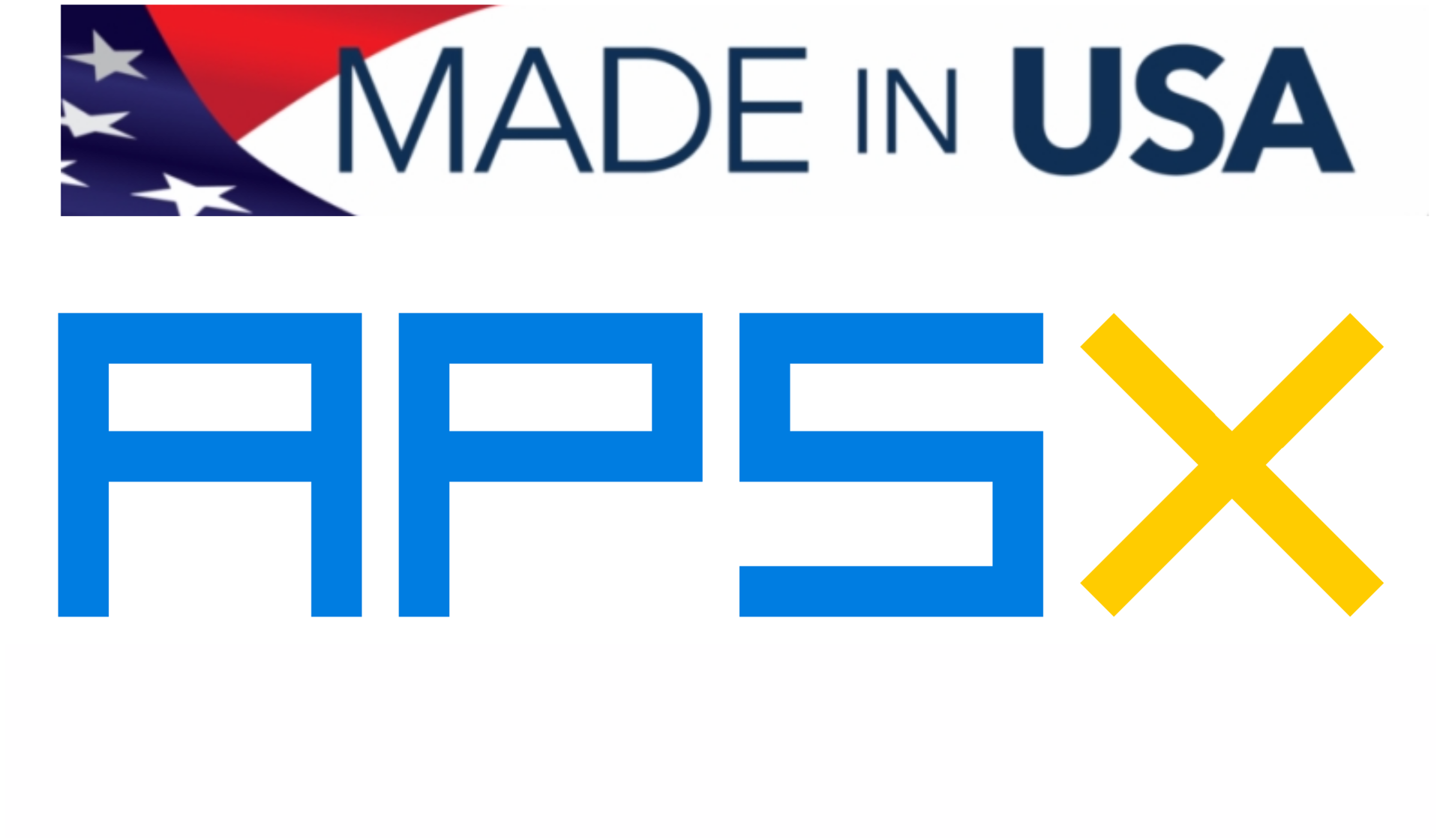Introduction
Polyether Ether Ketone (PEEK) is a high-performance engineering thermoplastic renowned for its outstanding mechanical properties, chemical resistance, and thermal stability. It finds utility in stringent sectors such as aerospace, medical, and electronics due to its robustness. While injection molding stands out as the most effective manufacturing method for crafting precise PEEK components, mastering this technique requires a deep understanding of both the material and the process, especially when using compact injection molding systems.
1. Material Properties of PEEK
PEEK is favored for high-performance applications owing to its distinctive characteristics:
High Temperature Resistance: PEEK endures continuous exposure to temperatures as high as 250°C, making it suitable for components that experience high thermal loads.
Chemical Resistance: Its resistance to a wide array of chemicals ensures durability in aggressive environments.
Mechanical Strength and Toughness: PEEK offers superior strength and stiffness along with excellent wear resistance, which is crucial for parts subjected to high mechanical loads.
Biocompatibility: Its compatibility with bodily tissues makes it ideal for medical implant applications.
2. Challenges in Injection Molding PEEK
Any injection molding machine, designed for precision and small-scale production, must be carefully calibrated for PEEK due to its high melting point (343°C) and unique processing requirements:
Processing Temperatures: Optimal mold temperatures range between 160°C and 200°C, which helps achieve desired crystallinity. The injection temperatures should be maintained between 370°C and 400°C to facilitate smooth flow.
Cycle Time: PEEK's inherent properties necessitate longer cooling times compared to more conventional thermoplastics, potentially impacting production efficiency.
Mold Design: Given PEEK's minimal shrinkage, the mold must be designed with high precision to ensure accurate dimensional outcomes.
3. Critical Mold Design Considerations
Effective mold design is vital:
Gate Design: Small, uniformly-sized gates such as pin or edge gates are recommended to minimize residual stresses.
Ventilation: Proper venting is crucial to prevent gas entrapment and eliminate burn marks.
Mold Surface Finish: A highly polished mold surface enhances flow, reducing friction and improving the quality of the finished parts.
4. Injection Molding Parameters
Tailoring the injection machine settings is crucial for optimal results:
Injection Pressure: High pressures are necessary to adequately fill the mold.
Injection Speed: A slow to moderate injection speed helps prevent shear heating and material degradation.
Cooling and Crystallization: Effective cooling management is essential to control crystallization and prevent warping or deformation.
5. Post-Molding Processes
To further enhance the properties of PEEK parts, certain post-processing treatments may be required:
Annealing: This heat treatment relieves internal stresses and enhances dimensional stability.
Surface Treatments: Techniques such as polishing or coating can significantly improve the surface quality of the components.
6. Common Defects and Troubleshooting
Understanding common defects can aid in troubleshooting:
Warping and Shrinkage: Maintain proper cooling rates and ensure uniform mold temperature control.
Bubbles and Voids: Fine-tune injection pressure and verify material drying processes prior to molding.
Burn Marks: Ensure sufficient venting and consider reducing the injection speed if necessary.
Conclusion
Mastering PEEK injection molding demands precise control over material properties, mold design, and processing parameters. By meticulously attending to these critical aspects, manufacturers can consistently produce high-quality, reliable PEEK components for advanced applications.
#peekparts #injectionmolding #apsxllc #peekplastic #medicalparts #biomedical #peekinjectionmolding #advancedmanufacturing #highperformanceplastics #medicaldevices #aerospacematerials

